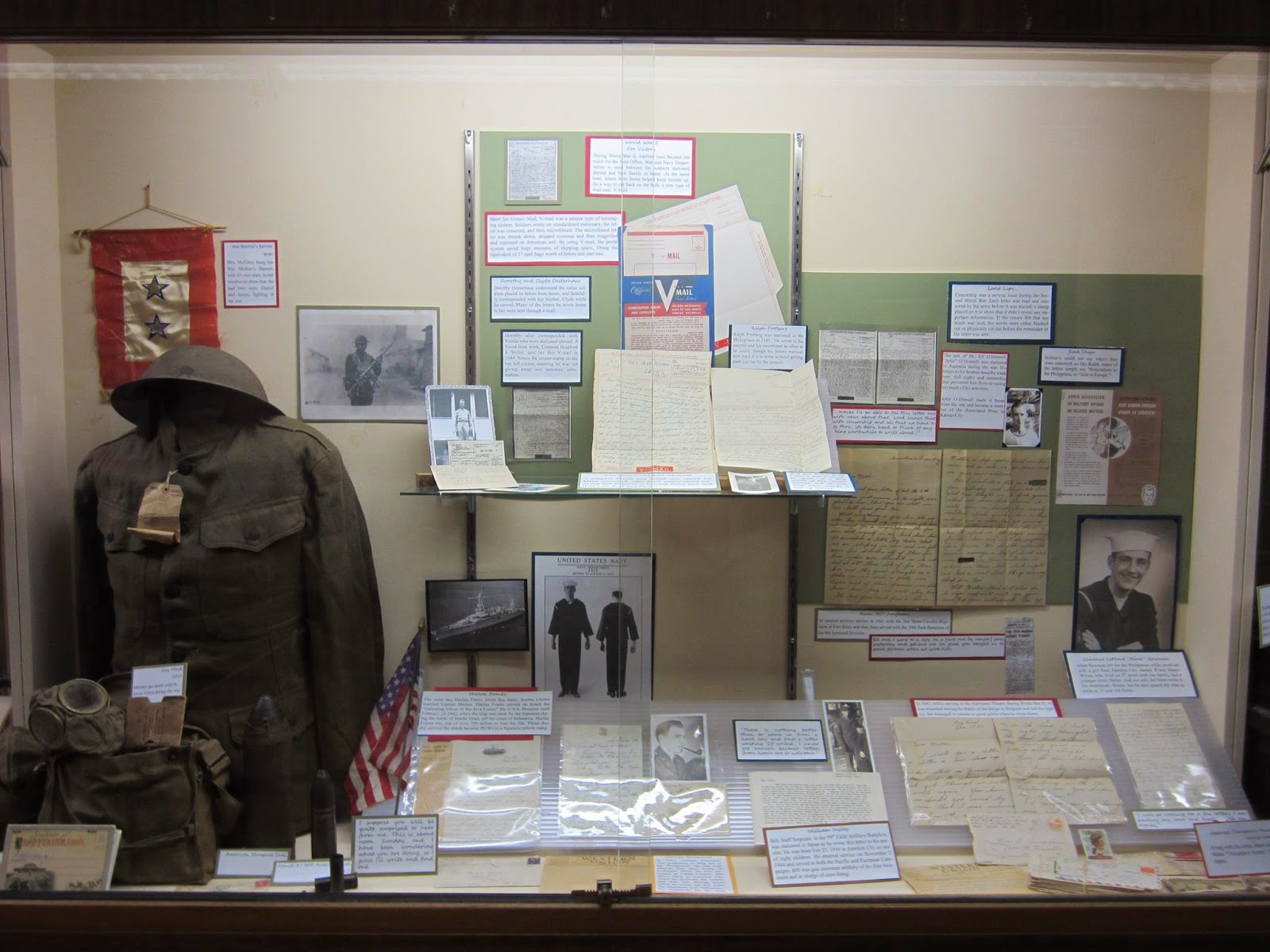District
23-Acker School held classes from 1872 until May 17, 1963. Like many other districts in Geary County,
the lines actually crossed the county line to include parts of Dickinson
County. When the school closed in 1963 there were 15 students; the next year, 13
began attending school in Chapman and 2 moved from the district.
The stone building bearing the school’s name
and district number above the door is located at the corner of K-18 and Milford
Lake Road North and was built in 1911. The
stone school was erected by the Holmgren Brothers with stone from the quarry near
Spring Valley School. At the time, the stone school cost $2500. The stone
building, now a private residence, was not the first building to house Acker
School children.
Acker
began as a frame building in 1872. The
first building was moved to the Acker farm in 1911 when the stone structure was
erected. The Acker family used the old frame school building as a wash house
and butcher house, hopefully not at the same time. The Acker family home burned in 1931 and the
family moved into the frame building they eventually remodeled.
Acker
was not the original name of the school.
Originally, the school was called Harmony Hill. After 1917 the name gradually changed to
Acker because the family was prominent in the community. Acker School held
classes for over 90 years, and prominent families from Geary County spent their
formative years within its walls. Altweggs, Gfellers, Hildebrands, Johnstons,
and of course, Ackers all attended the school.
In
the Altwegg family history it’s noted that the younger Altwegg children
attended Acker School. The family spoke
Swiss, as they were recent immigrants, and so the children had to learn their English
in school. Their schoolmates called them
the Dutch kids. Instead of feeling
discouraged, the children stayed in school, learned the language, and earned
their schoolmates’ respect.
Country
schools taught a wide array of subjects and they did it all in one room. Children
were expected to do their lessons, keep quiet, and behave themselves. Punishments were quite different from now,
and included paddling. According to the
students, the worst day of the year “was when Jane Roether [superintendent of
schools] would come to each school in the county and give tests. This was the
most dreaded day of the year,” (Wayne Gfeller, 2010.)
If
you look at the list of students with the photograph you’ll notice a number of
the names are repeated. Imagine going to
school and being in the same room as all your siblings and cousins all day. While this would have been nice because you’d
never walk to and from school alone, it could also be bad because if you acted
up at all your mother was sure to find out.
According
to Gfeller, it wasn’t all hard work and strict rules. “There were times set
aside for field trips. During the eight years at Acker School I remember
visiting the JC fire department, Geary County Sheriff Department, KJCK radio
station, Coca-Cola Bottling Company, [and] Shellhouse Bakery.” (Gfeller, 2010.)
At
the closing picnic for Acker School more than 100 people attended and Mrs.
Clarabelle Endsley, the final teacher, said, “The end of an era has come. Next
fall most of the pupils residing in the Acker community will attend Chapman
Elementary School. The one room rural school has served its purpose well over
many years and it is not without regrets that it is put aside with the changing
times.”(Union, May 28, 1963.)
 |
| Acker School-2013-Private Residence |
Do
you have a one-room schoolhouse story or memory you’d like to share? We are
looking for stories of your own or your family’s experiences to include in the
tour. If you have an amusing, interesting, or important story you would like to
share with us please call or come by the museum. You can also write it down and
send it to us at 530 N. Adams, Junction City, KS 66441 or GearyHistory@gmail.com.





